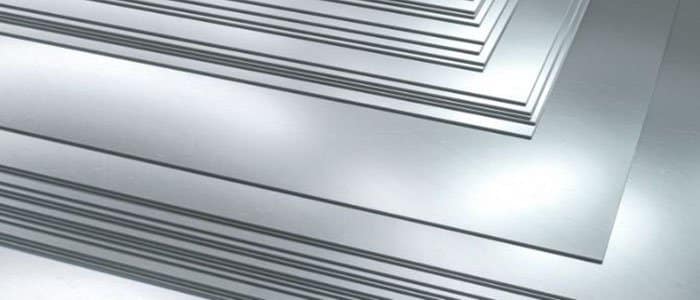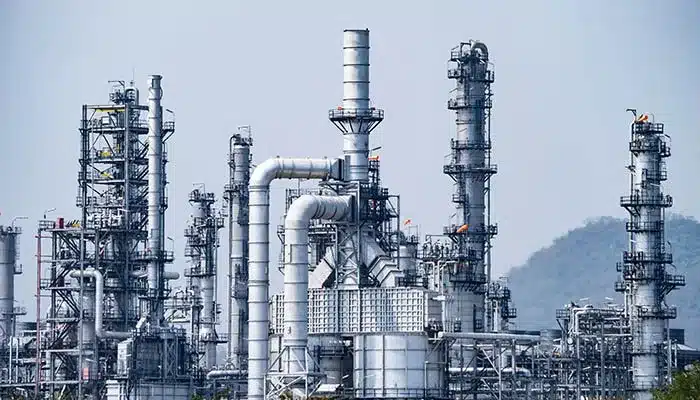When you walk into a modern kitchen, drive a car, or even look at the architecture of a city skyline, you’re surrounded by a remarkable material: stainless steel. Its corrosion resistance, strength, and aesthetic appeal make it indispensable. But with hundreds of grades available, a common question arises: what are the most commonly used stainless steels, and more importantly, which one is right for your project? This guide will break down the “big four” of the stainless world, helping you make informed decisions for your next application.
What Makes Stainless Steel “Stainless”?
Before diving into specific grades, it’s crucial to understand what gives stainless steel its superpower. The key ingredient is chromium. When steel contains at least 10.5% chromium, a thin, invisible layer of chromium oxide forms on its surface. This passive layer protects the steel from rust and corrosion, essentially making it “stain-less.” Different grades are created by adding other elements like nickel, molybdenum, and carbon, each altering the steel’s properties for specific uses.
The “Big Four”: Most Common Stainless Steel Grades
While there are over 150 grades of stainless steel, four families dominate the market, accounting for the vast majority of applications.
1. Austenitic Stainless Steels (The Workhorses)
This is the largest and most familiar group, known for its excellent formability and corrosion resistance.
Grade 304 (or 18/8 Stainless Steel): The All-Rounder
- Composition:Contains approximately 18% chromium and 8% nickel.
- Key Properties:Excellent corrosion resistance, great weldability, and superior formability. It’s non-magnetic in its annealed state.
- Common Uses:Kitchen sinks, food processing equipment, chemical containers, architectural panels, and automotive trim. If you see a stainless steel appliance in your home, it’s likely 304 stainless steel.
- Best For:General-purpose applications where corrosion resistance is paramount, but extreme conditions (like high salinity or chlorides) are not a major factor.
Grade 316: The Marine Grade Champion
- Composition:Similar to 304 but with the addition of 2-3% molybdenum.
- Key Properties:The molybdenum significantly boosts resistance to chlorides and other industrial solvents. This makes it the go-to choice for harsh environments.
- Common Uses:Marine hardware, boat fittings, coastal architecture, pharmaceutical equipment, and chemical processing plants.
- Best For:Any application exposed to saltwater, de-icing salts, or aggressive chemicals. It’s a premium choice for superior durability.
2. Ferritic Stainless Steels (The Magnetic & Cost-Effective Option)
Ferritic steels contain chromium but little to no nickel, making them more affordable than their austenitic counterparts. They are magnetic.
Grade 430: The Budget-Friendly Choice
- Composition:High in chromium (16-18%) but low in nickel.
- Key Properties:Good corrosion resistance (though less than 304), magnetic, and excellent for decorative applications. It cannot be hardened by heat treatment.
- Common Uses:Automotive trim and exhaust systems, appliance interiors (like dishwasher panels), and decorative household items.
- Best For:Applications where high corrosion resistance isn’t critical, cost is a major concern, and a magnetic property is acceptable or desired.
3. Martensitic Stainless Steels (The Hard & Strong Type)
This group is known for its high strength and hardness, achieved through heat treatment. However, this comes at the cost of lower corrosion resistance compared to austenitic and ferritic grades.
Grade 410: The Hardened Workhorse
- Composition:Lower chromium content (11.5-13.5%) and higher carbon.
- Key Properties:Can be heat-treated to be very hard and strong. It is magnetic and offers moderate corrosion resistance.
- Common Uses:Cutlery, surgical instruments, valves, pump and compressor parts, and fasteners.
- Best For:Parts that require high strength, hardness, and wear resistance, such as blades and tools.
4. Duplex Stainless Steels (The Best of Both Worlds)
Duplex steels have a mixed microstructure of austenite and ferrite, giving them a unique combination of properties.
Grade 2205: The High-Performance Hybrid
- Composition:High in chromium, molybdenum, and nickel.
- Key Properties:Offers superior strength and excellent resistance to chloride stress corrosion cracking (a common failure point for 304 and 316).
- Common Uses:Desalination plants, oil and gas exploration, chemical tankers, and pressure vessels.
- Best For:Demining, high-pressure, and highly corrosive environments where both strength and corrosion resistance are non-negotiable.
Comparison Summary
| Grade | Key Feature | Best For | Cost |
| 304 | All-around corrosion resistance | General purpose, food, architecture | Medium |
| 316 | Superior chloride resistance | Marine, chemical, coastal areas | High |
| 430 | Cost-effective, magnetic | Decorative, automotive trim | Low |
| 410 | Hard & strong (heat-treatable) | Cutlery, tools, fasteners | Low-Medium |
| 2205 | High strength & corrosion resistance | Oil & gas, desalination | Very High |




